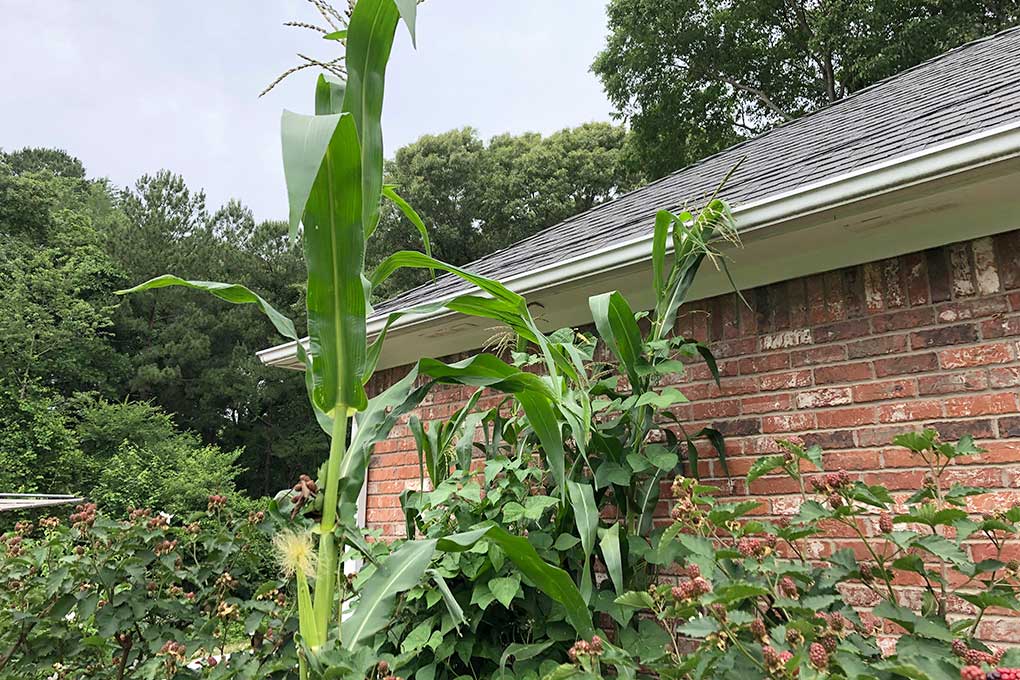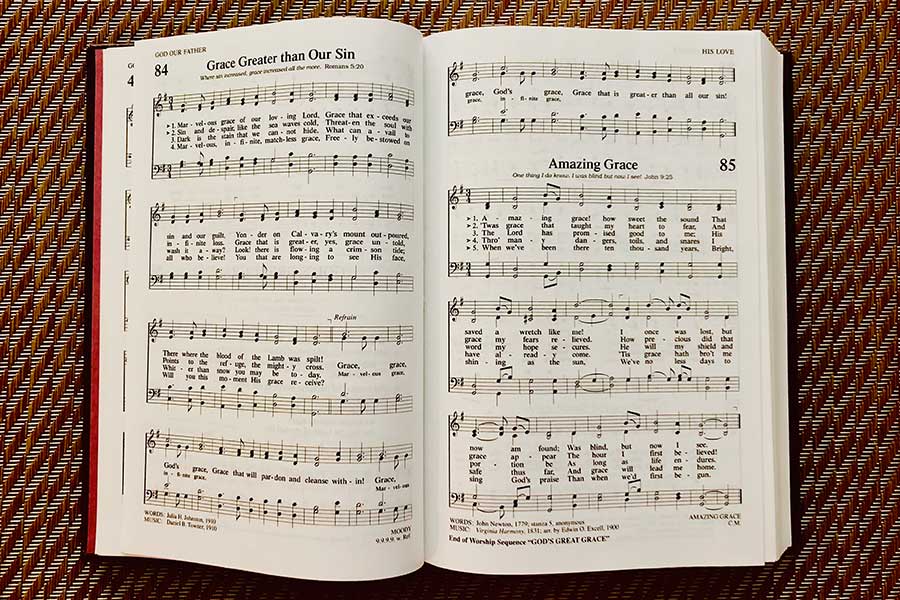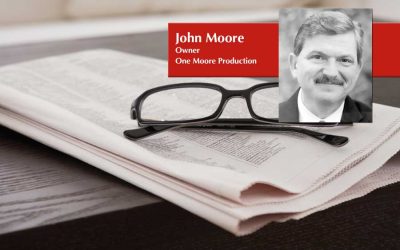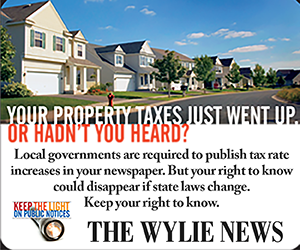Texas has its lowest unemployment rate in more than 42 years.
The Texas Workforce Commission on Nov. 16 announced that Texas’ seasonally adjusted unemployment rate fell to 3.7 percent in October, down from 3.8 percent the prior month.
It is the lowest level of unemployment the state has seen since January 1976.
The Texas economy added 32,300 seasonally adjusted non-farm jobs in October. Annual employment growth was 3.1 percent, marking 102 consecutive months of annual growth.
Still, job opportunities abound.
“The jobs are out there, and I encourage all job seekers to contact their local Workforce Solutions office for assistance with job training and placement,” said Julian Alvarez, the TWC commissioner representing labor.
The Midland Metropolitan Statistical Area recorded the month’s lowest unemployment rate among Texas MSAs in October with a non-seasonally adjusted rate of 2.1 percent. That was followed by the Amarillo MSA and the Odessa MSA, which tied for second lowest with a rate of 2.5 percent. The Austin-Round Rock, College Station-Bryan and Lubbock MSAs tied for third lowest with a rate of 2.7 percent.
Abbott comments on rate
Gov. Greg Abbott welcomed news of the record-low unemployment rate, attributing it to the state’s “lowering taxes, removing regulatory barriers and investing in our workforce and education system.”
“As governor,” Abbott added, “I remain committed to ensuring that Texas stays the most prosperous state in the nation.”
SBOE votes to hike funding
The State Board of Education, which oversees the Texas Education Agency, voted Nov. 20 to increase the funding in the 2020-2021 biennium for school operations, instructional materials and technology.
The SBOE’s preliminary spending decision would give schools $172 million more than currently allotted. The figure includes $55 million that the School Land Board agreed to provide.
But the funding is tied to budget decisions lawmakers must make in the coming year. The 86th Texas Legislature is set to convene on Jan. 8, 2019.
An estimated $60 billion of the state’s current $217 billion budget is for public education. Only Medicaid, at $62.4 billion, takes a greater slice of the budget.
More Harvey funds to come
Texas Land Commissioner George P. Bush on Nov. 19 announced an additional allocation of $652 million from the U.S. Department of Housing and Urban Development to help address unmet housing recovery needs for Texans affected by Hurricane Harvey.
“We look forward to working with our partners in communities across the region to leverage these resources efficiently and effectively to benefit Texans affected by Hurricane Harvey,” said Bush, the chief executive of the Texas General Land Office, the state agency that administers the federal hurricane relief funding.
The $652 million will supplement some $5 billion in current Hurricane Harvey programs being implemented by the GLO, as well as additional programs in Harris County and the City of Houston.
Spending discussion will wait
The Legislative Budget Board met Nov. 16 to review the items of information and methodology required to set the Article VIII constitutional limit on certain appropriations for the 2020-21 fiscal biennium.
House Speaker Joe Straus announced the board would take up the spending cap at a later time.
After the meeting, Straus explained that the price of oil, an uncertain price tag for Hurricane Harvey relief, and the potential for a school finance solution make it unwise to set a spending limit now.
Straus’s successor will be elected on Jan. 8, opening day of the 86th Texas Legislature. Straus suggested the next House speaker would need time to think through the options, and that the discussion can wait until the state comptroller’s next revenue estimate in January.
Mitigation plan is posted
The Texas Commission on Environmental Quality announced the publication of the final Volkswagen Beneficiary Mitigation Plan on Nov. 16.
According to the TCEQ, the plan sets out the state’s strategy for distributing more than $209 million received in settlement of claims relating to emissions control defeat devices on Volkswagen’s light-duty diesel vehicles.
The plan will complement other grant programs that target harmful ozone in Texas. These include the Electrify America Program, the result of a separate settlement with VW, which will fund additional electric charging stations. The other program is the Texas Emissions Reduction Program, one of the most aggressive and extensive programs in the country providing voluntary incentives for replacement, repowering and upgrading of polluting vehicles and equipment.
More information on the program can be found at: www.texasvwfund.org.
For more stories like this, see the Nov. 28 issue or subscribe online.
By Ed Sterling • Member Services Director, Texas Press Association


















0 Comments